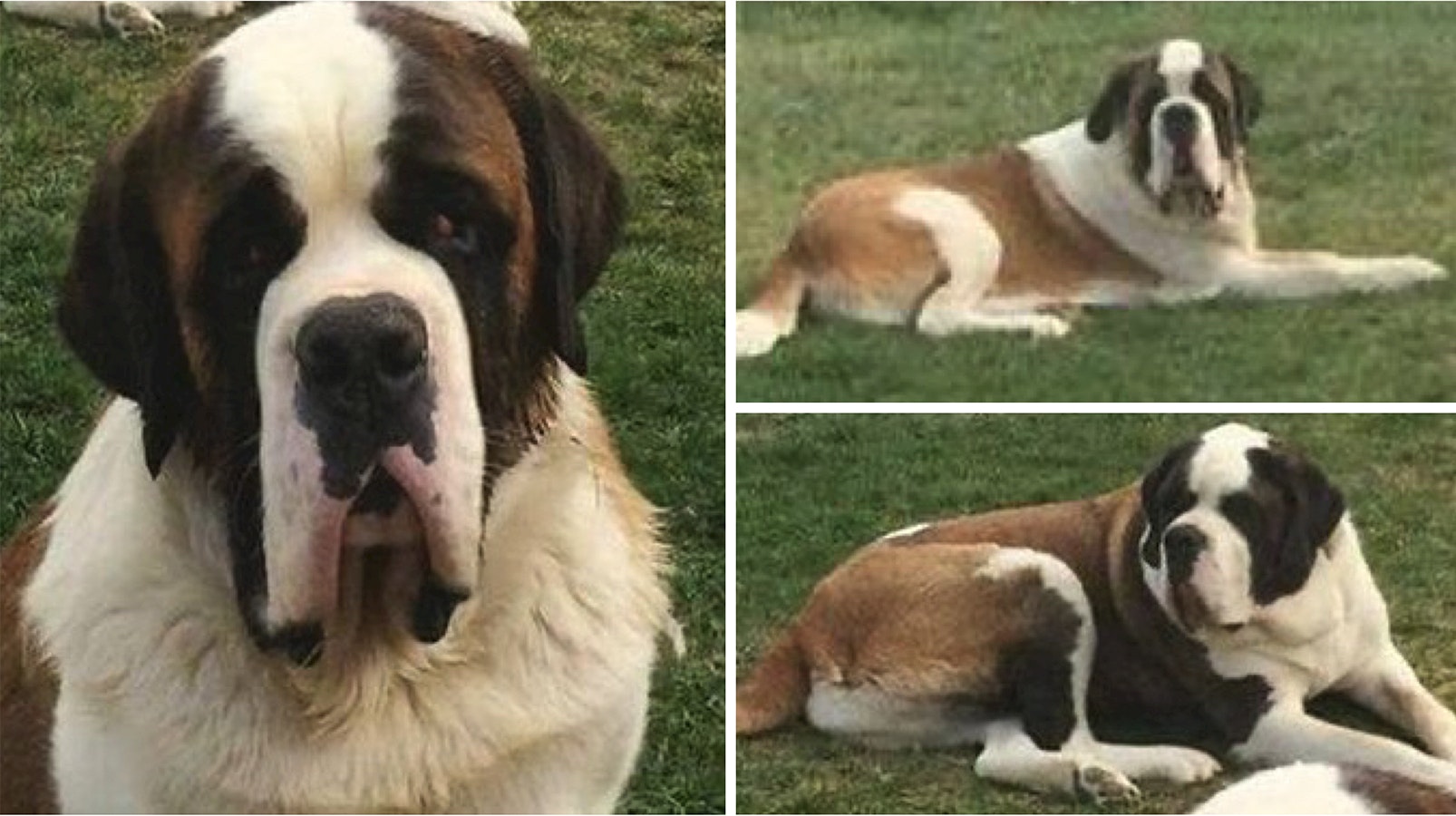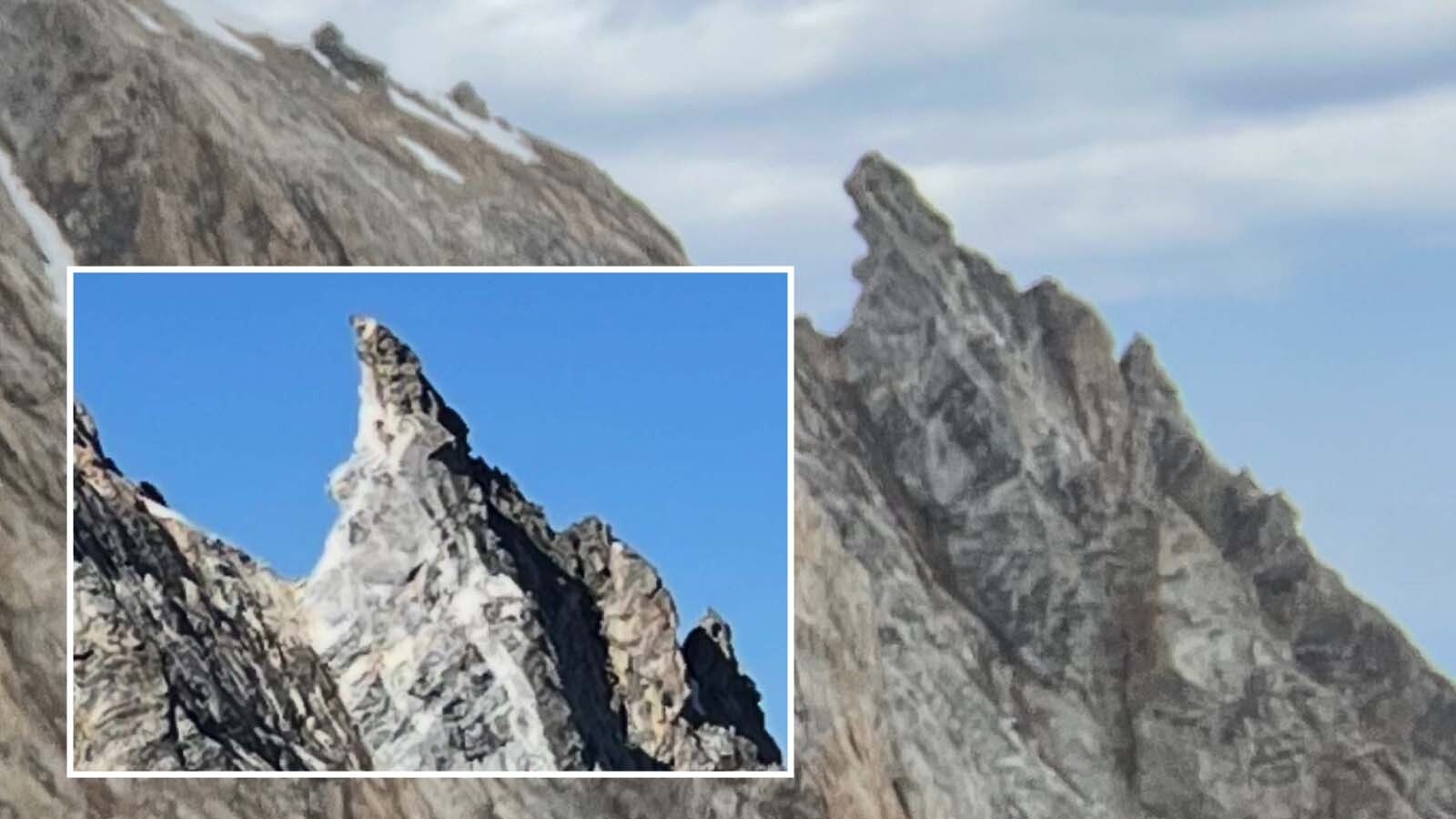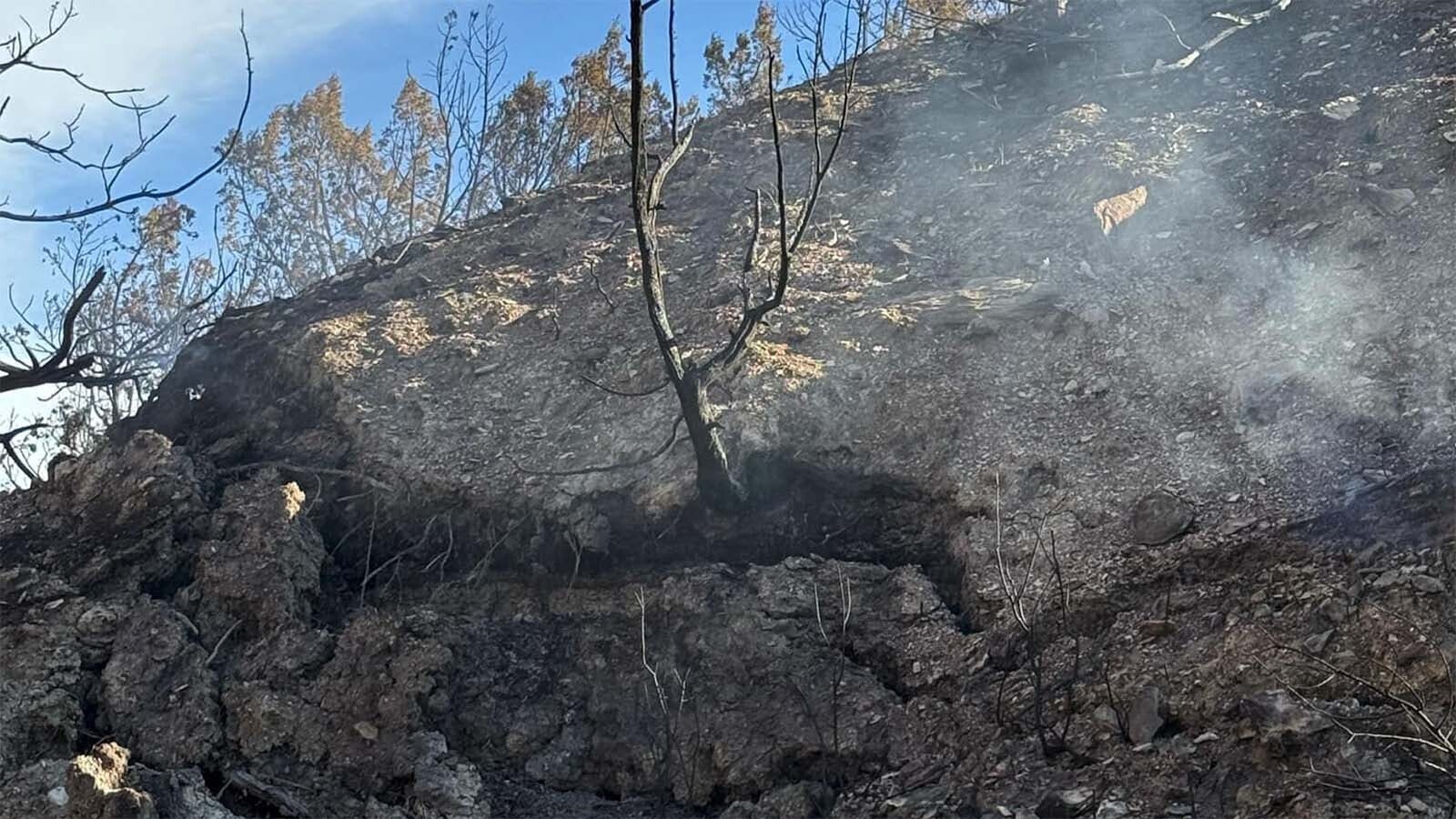Loose dogs can meet many terrible fates in Wyoming’s vast countryside, so it’s their owners’ responsibility to keep them safe, a seasoned trapper said.
As Cowboy State Daily reported July 5, the Wyoming Supreme Court this month ruled against a Casper family trying to sue a trapper for emotional distress after their three Saint Bernard dogs were killed in snare traps.
“It’s a tragic thing what those kids went through,” John Eckman of Greybull told Cowboy State Daily, referring to Savannah and Braylon Cardenas, who watched two of their dogs die after getting caught in snare taps in November 2014.
But letting pets run loose, as the Cardenas family had, is a dangerous gamble in a place like Wyoming, said Eckman, who is vice president of the Wyoming Trapper’s Association.
“Running dogs can get bitten by a rattlesnake. A wolf can get them. There are just too many risks associated with letting dogs run free in this country,” he said.
The Case In Question
The Cardenas lived near the base of Casper Mountain. They were in the habit of letting their Saint Bernards Barkley, Jax and Brooklyn run loose unattended on state land near their home.
On the afternoon of Nov. 29, 2014, they let the dogs outside to run. Barkley and Jax later came home, but Brooklyn did not. Days later, the children went to look for Brooklyn, taking the other dogs with them.
During the search, Jax and Barkley got caught in snare traps and died, even as the children tried to free them. And Brooklyn was also discovered dead in a snare trap.
Parents Robert and Ashely Cardenas, along with the children, attempted to sue Sigiel J. Swanson, who had set the traps, for emotional damage.
However, the Wyoming Supreme Court ruled that dogs are property in Wyoming, and Swanson can’t be sued for emotional damage.
Dog, Horse Are Valued Companions
Eckman said he completely understands emotional attachment to animals. He’s frequently in the field with his own dog and horse.
“I like my dog and my horse more than I like most people,” he said.
However, he understands the risks to both animals out in wild and knows there are countless ways that he could lose either, or both, of his beloved animals.
“Every time I leave home with them, I realize they might not make it home with me that night,” he said.
Eckman said Wyoming pet owners should regard things the same way, and realize that they alone are responsible for their pets’ safety.
Trapping as a whole, shouldn’t be attacked because of some tragic incidents, which Eckman said can result from people not keeping an eye on their pets.
“Taking peoples’ freedoms away isn’t going to stop bad things from happening,” he said.
Trappers, Pet Owners Both Need Education
Even so, trappers can do their part, Eckman said.
For instance, irresponsible actors will set traps in areas where people are likely to be with their pets, Eckman said.
“Just because it’s legal to set something in a certain area, they think they should go ahead and do it. They set traps near a trailhead or a boat dock. It’s not ethical. There’s good a chance you’re going to catch peoples’ pets there,” Eckman said.
He doesn’t endorse such practices and said the trappers’ association tries to teach beginning trappers to avoid high-traffic areas.
There are steps dog owners can take as well, he said. For instance, leash-trained dogs, if they get caught in a snare, are less likely to try pulling against it, causing the snare to tighten and kill them.
“I’ve caught dogs in snares, and they sat there while I cut them loose because they were trained on a leash,” adding that his dog is similarly trained.
He also recommends people who hike with their dogs in remote areas invest in a set of cable cutters, just in case.
“If you have to cut the snare cable to free your animal, you can’t be held liable for it,” Eckman said.
Try A Tracking Collar
He also recommends GPS tracking and control collars for dogs, which he also uses.
“I always know exactly where my dog is,” he said.
The collar can also deliver a warning tone, or if needed a small shock, if the dog doesn’t respond when called, he said.
People might balk at using a shock to discipline their dogs, or the price of the collar — which can run around $1,100 — but Eckman said it’s worth it.
“If you have a dog that suffers a serious injury and you have to take them to the vet that’s a grand ($1,000) right there,” he said.
No Advertising
Eckman said he’s heard it suggested that trappers put up warning signs wherever they set traps.
That’s not a good idea, he said, because it advertises where traps are, and some people can’t be trusted.
Nefarious folks might try to steal the traps or the animals trapped in them, so they can turn around and sell the traps and the animals’ fur for their own profit, he said.
And anti-trappers might take advantage of the signs, deliberately tripping empty traps or destroying them, Eckman said.
“The fines for doing that are small,” he said. The anti-trappers “don’t care about the fines, they’ll just do it anyway.”
Mark Heinz can be reached at mark@cowboystatedaily.com.





